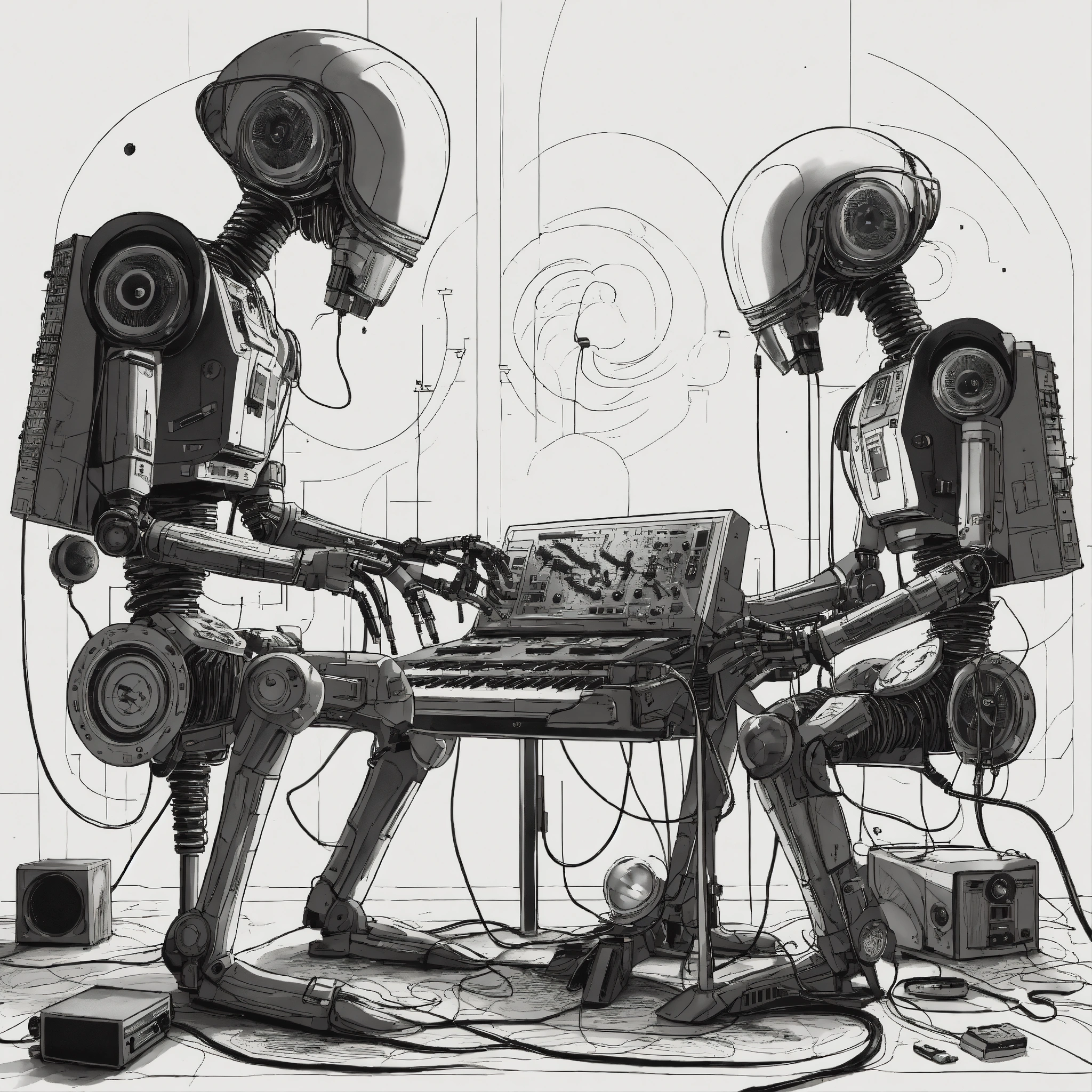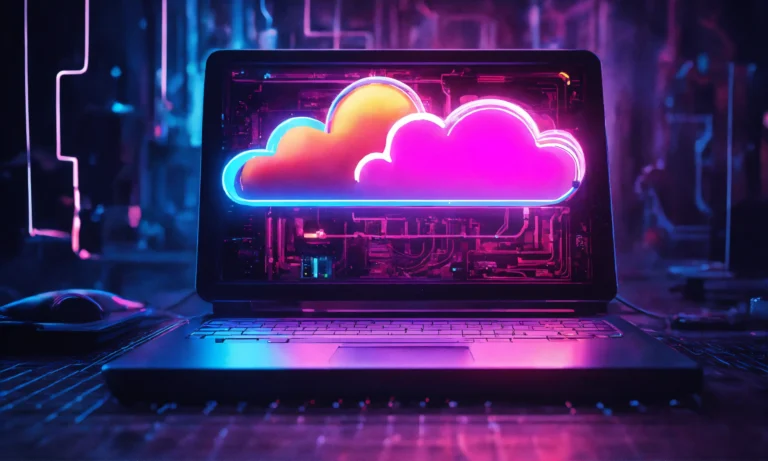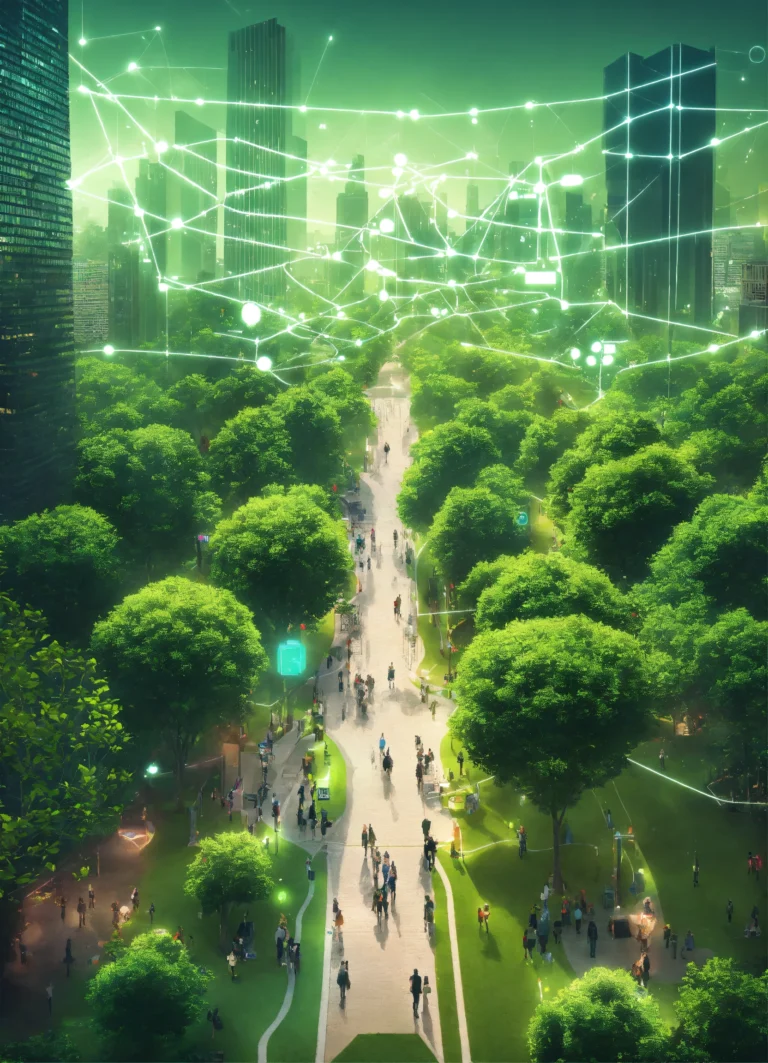M2M communication is revolutionizing the way you approach urban parking by integrating advanced technology into your daily life. With the rapid adoption of smart parking solutions, you can now enjoy benefits such as real-time availability updates, easier navigation to open spaces, and reduced frustration during rush hours. This connectivity not only enhances your experience but also contributes to less traffic congestion and a significant decrease in environmental impact. As cities evolve, understanding how M2M communication plays a crucial role in these solutions will empower you to make informed choices in the future.
Understanding M2M Communication
Your understanding of M2M (Machine to Machine) communication is imperative for grasping how it underpins smart parking solutions. This technology enables devices to communicate with each other without human intervention, leading to improved efficiency and data accuracy.
Definition and Significance
Communication between devices forms the backbone of modern technology integration. M2M communication allows various systems within the smart parking ecosystem to interact seamlessly, optimizing traffic flow, reducing congestion, and enhancing user experience. The significance of M2M in this context cannot be overstated, as it drives innovation in urban mobility solutions.
Types of M2M Communication Technologies
Communication technologies in M2M are diverse and vital for the functioning of smart parking systems. Various technologies cater to different needs and use cases, ensuring reliable connectivity, and enhanced performance. Here are the common M2M communication technologies you should be aware of:
| Technology | Description |
| Cellular | Utilizes existing mobile networks for widespread coverage. |
| Wi-Fi | Offers high-speed data transfer in localized areas. |
| Bluetooth | Facilitates short-range communication between devices. |
| LPWAN | Low Power Wide Area Networks for long-range, low-bandwidth applications. |
| Satellite | Provides connectivity in remote or underserved areas. |
It is crucial to recognize that each technology has its own strengths and limitations. For example, while cellular technology provides extensive coverage, it may incur higher operational costs. On the other hand, Wi-Fi is excellent for localized needs but limited by its range. Additionally, choices like LPWAN ensure energy efficiency, making them suitable for IoT applications. Understanding these technologies is vital for developing robust smart parking solutions that address urban challenges effectively.
- Cellular networks offer extensive coverage.
- Wi-Fi allows high-speed local connectivity.
- Bluetooth facilitates device communication.
- LPWAN ensures low-power long-distance connection.
- Satellite provides connectivity in isolated areas.
Perceiving these options in the context of your smart parking solutions will pave the way for innovative approaches and effective implementations. Understanding M2M communication technologies is a stepping stone to engaging with the future of urban mobility.
Smart Parking: An Overview
It is important to understand the evolution of parking solutions in an increasingly urbanized world. As cities grow and vehicle numbers rise, traditional parking methods become inefficient, leading to traffic congestion and wasted time. Smart parking systems leverage technology to optimize the parking experience, making it more user-friendly and accessible.
Definition of Smart Parking
Parking can be defined as a system that utilizes advanced technologies, sensors, and communication networks to monitor and manage parking spaces in real-time. This solution helps drivers locate available parking spots swiftly, reducing the time spent searching for a place to park.
Benefits of Smart Parking Solutions
Parking solutions equipped with smart technology offer numerous advantages that can significantly enhance your urban experience. Some of these benefits include improved time efficiency, reduced traffic congestion, and increased revenue for municipalities through better space management.
With smart parking solutions, you can experience quicker access to available spots, ultimately saving you valuable time and reducing frustration. This technology promotes greater efficiency in urban areas, as it helps to minimize traffic congestion caused by drivers circling around in search of parking. Additionally, it can lead to increased revenue for cities and businesses through effective management of available spaces. Embracing smart parking not only improves your parking experience but also enhances overall urban mobility.
Role of M2M Communication in Smart Parking
The role of M2M communication in smart parking solutions is crucial, enabling vehicles and parking systems to communicate seamlessly. This technology optimizes parking management, reduces congestion, and enhances overall efficiency.
Real-time Data Exchange
One of the significant advantages of M2M communication is its capability for real-time data exchange. This allows parking systems to provide instant information about parking availability, guiding drivers to open spots while reducing the time spent searching for parking.
Enhancing User Experience
One effective way M2M communication enhances user experience is through personalized services. By using data analytics, parking systems can offer tailored recommendations, making it easier for you to find convenient parking spaces based on your preferences and habits.
Understanding how M2M communication personalizes your parking experience is crucial. This integration allows for features such as mobile apps that reserve parking spots ahead of time or notify you when your parking duration is ending. These enhancements not only make parking hassle-free but also reduce stress while improving your overall experience, ensuring you can focus on what matters most.
Integrating IoT Solutions
Integrating M2M communication with IoT solutions is fundamental to revolutionizing smart parking systems. This integration provides capabilities such as remote monitoring and automated payment processing, simplifying the entire parking experience for users.
Communication between IoT devices creates a comprehensive network that allows for real-time monitoring of parking facilities. Through this network, you can receive updates on available space, pricing, and even notifications for maintenance needs. These innovations make urban parking less of a challenge, ensuring that every experience is streamlined and optimized for user satisfaction.
Challenges and Future of Smart Parking Solutions
Once again, as you explore the realms of smart parking solutions, you must confront vital challenges that impact their successful implementation and operation. Understanding these challenges is crucial for you as you navigate the evolving landscape of parking technologies.
Security and Privacy Concerns
On the subject of security and privacy, data breaches and unauthorized access can pose serious threats to user information within smart parking systems. You must ensure that robust security measures are in place to protect your sensitive data from falling into the wrong hands.
Scalability and Infrastructure Requirements
Scalability is a significant obstacle as you consider expanding smart parking solutions. You will need to evaluate the existing infrastructure to support new technologies while ensuring that they can accommodate potential increases in demand without overwhelming your system.
Plus, scalability also requires substantial investment in hardware, such as sensors and IoT devices, along with the necessary network infrastructure capable of supporting real-time data communication. As you plan your smart parking initiative, consider the potential need for future upgrades and maintenance to keep pace with technological advancements.
Future Trends in Smart Parking Development
Parking technologies are rapidly evolving, and you should keep an eye on emerging trends like autonomous parking systems and increased integration with electric vehicle charging stations. These developments can significantly enhance the convenience and efficiency of parking solutions.
This shift towards smart parking is set to revolutionize your parking experience. You will likely see more emphasis on artificial intelligence and machine learning, which will drive innovations that optimize parking space usage and reduce traffic congestion. By staying informed about these trends, you can proactively adapt your smart parking strategy for a more connected and efficient future.
Final Words
With these considerations, you can appreciate how M2M communication is revolutionizing smart parking solutions by enhancing efficiency and streamlining your parking experience. This technology not only allows you to locate available spots in real-time but also minimizes time spent searching for parking, reducing congestion and emissions. As smart cities expand, embracing M2M connectivity will empower you to make more informed choices about urban mobility, ultimately transforming your interactions with public spaces and parking infrastructures.





